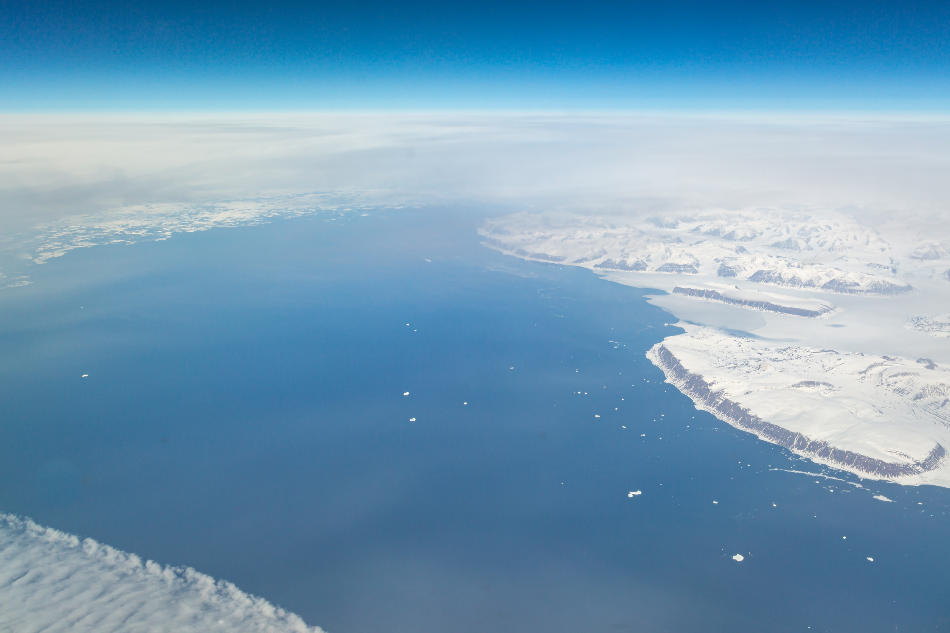 Image Credit: Melanie Hobson / Shutterstock.com
Image Credit: Melanie Hobson / Shutterstock.com
Rising global temperatures have led to Antarctica and Greenland losing ice at rates six times faster than in the 1990s. These figures mean that ice loss in these regions is currently on track with the worst-case climate warming scenario as outlined by the Intergovernmental Panel on Climate Change.
Melting Ice Leading to Extreme Weather and Loss of Coastal Communities
6.4 trillion tonnes of thick, arctic ice has been lost from Antarctica and Greenland between 1992 and 2017. As a result, around an inch of water has been added into our oceans, according to the latest data.
It is expected that the Arctic heatwave experienced last year will be worse that than of 2011 which saw 552 billion tonnes of ice lost from the polar ice sheets, setting a world record.
The world is becoming more aware of the devastating impact of climate change, and although the rising sea level is less obvious than the extreme weather we have been experiencing, it may be the effect of climate change that proves most detrimental.
Just a few added centimeters of water can lead to more intense and destructive tropical storms that are being initiated by climate change. By the end of the century, there may have been meters of water added to the sea level, making these storms even more deadly.
Elevation in sea level is also adding to coastal erosion, slowly ebbing away the beaches and land on the coastline, seeing homes and communities flooded and displaced. By the end of the century, as ice continues to melt at current rates, the sea will have risen by another 17 centimeters.
Rapidly Rising Sea Levels
While melting glaciers are a major contributor to rising sea levels, ice sheet melt-off has become increasingly significant in the last decade. Scientists have concluded that around half of the ice lost from Greenland, and nearly all of it lost from Antarctica is a direct result of the rising temperature of the ocean water, which has been caused by global warming.
Data collected from satellite images, computer modeling, and in situ measurements has uncovered that the annual rate of ice loss from both regions increased from 81 to 475 billion tonnes over the last 30 years.
Can We Do Enough to Reverse the Damage?
The UN's climate science advisory panel (IPCC) predicts that if the scenario known as RCP4.5 is followed, where emissions are tackled a moderate amount, by 2100 sea levels will have risen by another 30 centimeters. If the world achieves its goal of becoming carbon neutral by 2050, then levels will still rise a significant amount, by 43 centimeters. However, in the worst-case scenario, where carbon emissions continue along their trajectory, unhindered, then sea levels will rise by a huge 83 centimeters.
The last decade has seen sea levels rise by four millimeters each year, however, by the end of the century, this rate will accelerate to 10 times this speed, even if the optimistic emissions scenario is met.
While the temperature of the earth’s surface has risen 1 degree Celsius since preindustrial times, the polar regions have experienced a 2 degree Celsius rise in average temperature. A number of scientists believe that specific regions, such as Greenland and West Antarctica have passed the point-of-no-return, and are now destined to lose the entirety of their ice into the sea. When this happens, this will push sea levels up by roughly 13 meters.
This data serves as a severe warning that the world needs to strive to reduce emissions and become completely carbon neutral as soon as possible to ensure the best chances of limiting the rising sea levels, preserving our ice caps, land, and communities.
Disclaimer: The views expressed here are those of the author expressed in their private capacity and do not necessarily represent the views of AZoM.com Limited T/A AZoNetwork the owner and operator of this website. This disclaimer forms part of the Terms and conditions of use of this website.